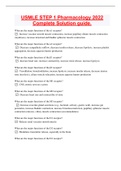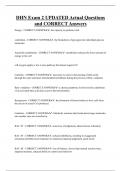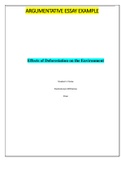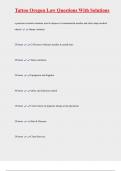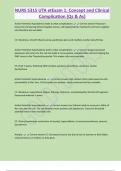Exam (elaborations)
USMLE STEP 1 Pharmacology 2022 Complete Solution guide.
- Course
- Institution
USMLE STEP 1 Pharmacology 2022 Complete Solution guide. What are the major functions of the α1 receptor? - Increase vascular smooth muscle contraction, increase pupillary dilator muscle contraction (mydriasis), increase intestinal and bladder sphincter muscle contraction What are the major fu...
[Show more]
